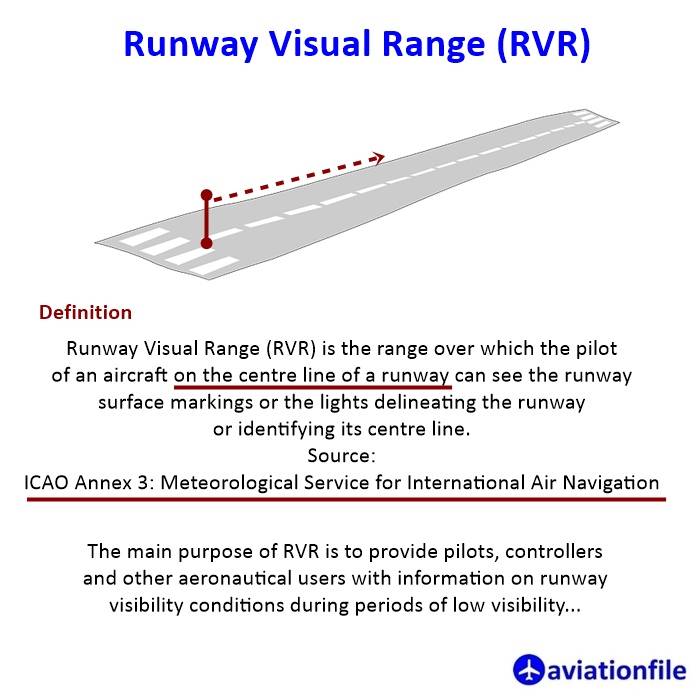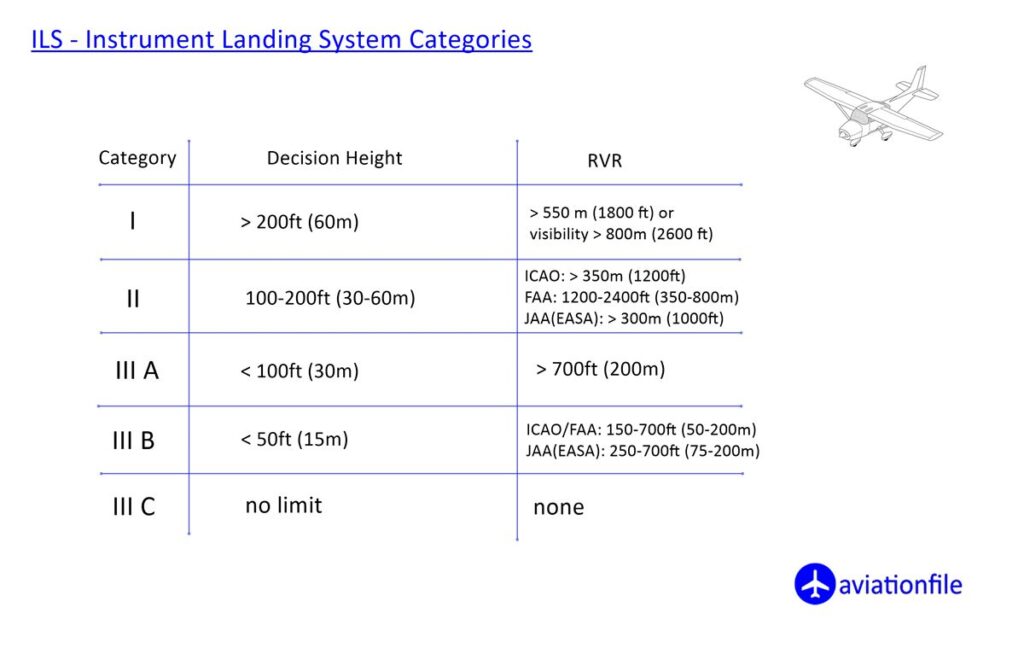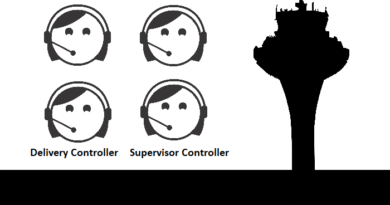Runway Visual Range (RVR): Seeing Through the Fog for Safe Landings
Imagine being a pilot, peering through swirling mist, desperate to see the runway. That’s where Runway Visual Range (RVR) comes in – your lifeline in low-visibility conditions.
Runway Visual Range (RVR) is the range over which the pilot of an aircraft on the center line of a runway can see the runway surface markings or the lights delineating the runway or identifying its center line. Source: ICAO Annex 3: Meteorological Service for International Air Navigation

RVR in a nutshell:
Distance you can see down the runway during fog, snow, or even dust storms.
Measured in meters or feet.
Key factor for landing – pilots need to see the runway to touchdown safely.
Reported when visibility drops below 1.500 meters.
- The touchdown zone, when the runway is intended for non-precision approaches or Category I operations.
- The touchdown zone and the mid-point, if the runway is intended for Category II operations.
- The touchdown zone, mid-point and stop-end, if the runway is intended for Category III operations.
RVR information is included in local routine reports, local special reports, METAR and SPECI.
How RVR works:
Sensors analyze runway lighting, markings, and overall contrast.
Higher contrast equals better RVR.
Three RVR values reported: touchdown, mid-runway, and rollout zones.
Why RVR matters:
Determines minimum visibility requirements for different instrument approach categories (Cat I, II, III).
Guides air traffic controllers in managing arrivals and departures during low-visibility situations.
Improves safety and efficiency by ensuring pilots have the clarity they need to land and take off.

Next time you hear “RVR reported at 600 meters,” remember: it’s not just a number. It’s a silent hero, helping pilots navigate through the murk and safely touch down.
By making RVR accessible and engaging, you can help pilots, passengers, and anyone curious about aviation appreciate this critical piece of technology.
Further Reading Links for RVR:
- Federal Aviation Administration (FAA): https://www.faa.gov/documentLibrary/media/Order/FAA_Order_6560.10D.pdf
- International Civil Aviation Organization (ICAO): https://www.icao.int/publications/documents/9889_cons_en.pdf
- World Meteorological Organization (WMO): https://wmo.int/


